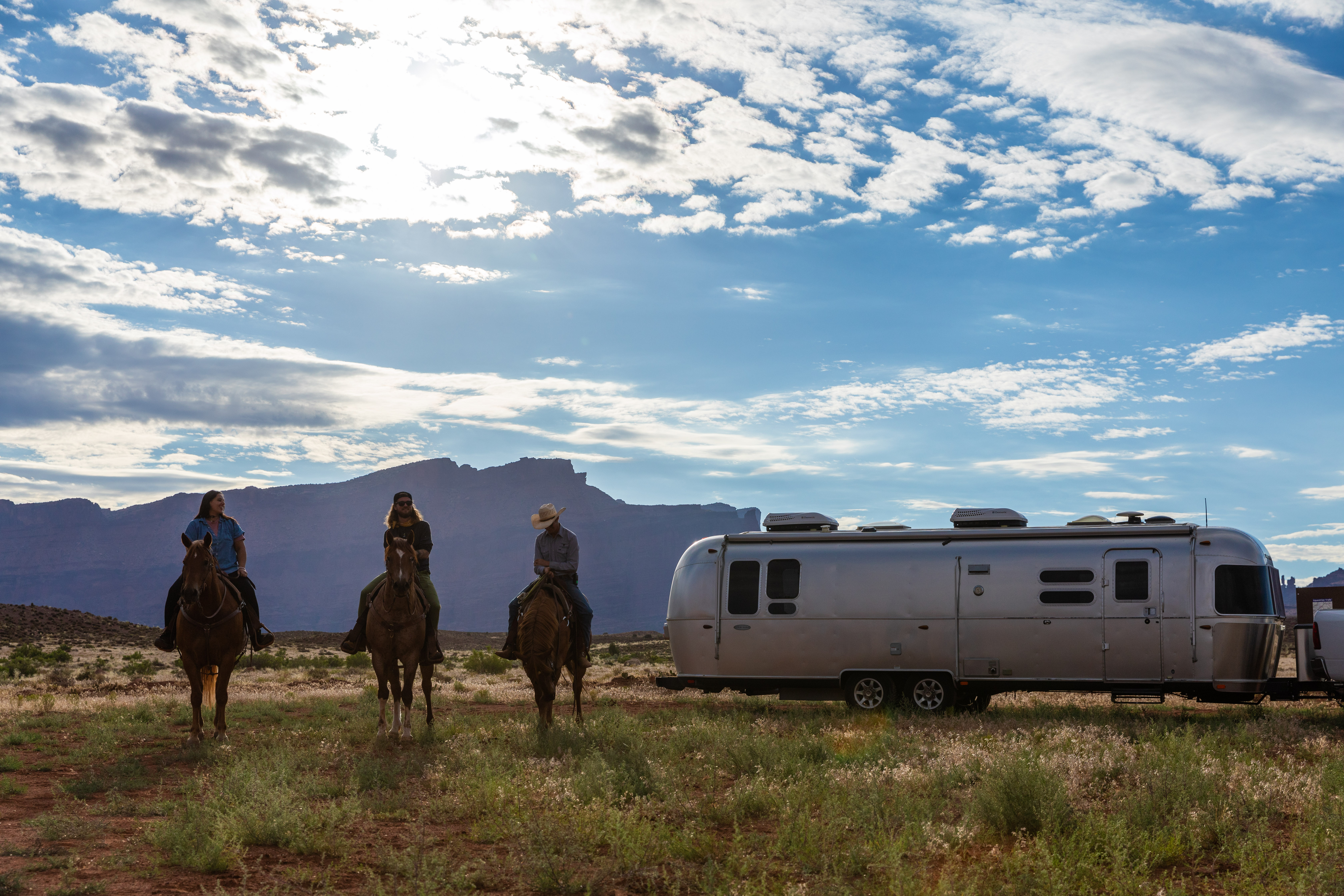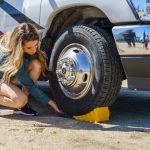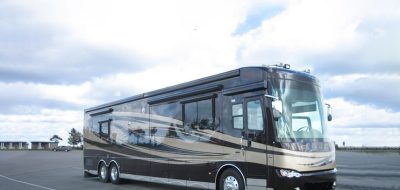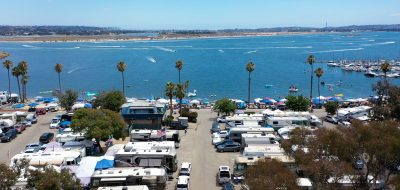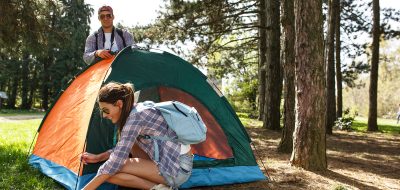Whether your RV is two years old or twenty, it’s not quite the same RV as when you first bought it. At best, there’s minor cosmetic wear — a shallow scratch here and there. At worst, you’ve already experienced a fair share of the major, costly repairs that can accompany an aging RV. (And you’re aware of one or two more coming soon).
RVs age and depreciate, but there are steps you can take to be more aware and proactive about preventing repairs or preventing their cost, and the more life you’ll glean from your RV.
If you own a relatively new RV, a transparent understanding of how RVs age will help you prepare and take steps to maintain the value of your RV.
If you own an older RV, the same applies: You can more quickly identify looming issues and take proactive steps to maintain your RV now, regardless of how old or how many repairs have already been made.
The most expensive, major repairs
Let’s get the scary stuff out of the way first. Yes, an aging RV is prone to expensive major repairs. And these are the ones that can hurt. Check out this guide that explains the most common, expensive RV repairs you might expect.
The good news? Most components on newer RVs are covered under some type of manufacturer’s warranty. It’s your job to determine what’s covered at the time of signing and how long those warranties last. We’ll cover MBIs, extended warranties, and extended service plans which go into effect after manufacturers’ warranties expire.
Beyond that, detection is your best weapon to prevent a problem from becoming worse. Each of those expensive malfunctions will often show signs of distress prior to a major breakdown. And that’s what you’re looking for — early signs that something isn’t running properly.
Appliances
Not all RVs come with the same quality of appliances. And even then, high-quality appliances still break, which can be expensive to repair or replace. For example, the refrigerator on your rig is one of the costliest single-item expenses you may face.
Without getting too technical, refrigerators, stoves, ovens, A/Cs and other appliances in your RV run on propane or electricity. Each of these power sources will have common problems you can help prevent with routine maintenance and awareness. Many LP appliances will have specific routine maintenance to complete, just like your refrigerator.
For electric appliances, a common problem is low voltage or power surges at campgrounds that don’t have proper electrical firewalls in place or sufficient power grids to accommodate increased power demands. Low voltage can take a toll on your appliances over time. A surge protector and power line monitor can be great tools to help prevent this added wear and tear.
Electrical assembly
On the topic of electrical: Driving and camping, in general, put an extensive strain on the greater electrical assembly throughout your RV. And as your RV ages, anything from water damage to loose connections to strain from low voltage or surge damage can cause appliances and electrical systems to malfunction. And these are some of the most expensive repairs you can face. For example, repairing and replacing your power inverter can cost anywhere from $1500 to $8000.
The more connected the component, the more extensive and expensive the repair.
Without a thorough knowledge of your RV’s electrical components, you won’t be able to diagnose certain issues until something isn’t working and a repair is needed. But you can be conscious of using the correct voltage from a campground — turning off appliances if the voltage is too low — and you can be hypervigilant about preventing water damage to your RV by inspecting seals in windows and doors and inspecting the roof.
For more information about your RV’s electrical system, check out this AC/DC guide to your RV’s electrical system.
Roof inspection
Like tires, RV roofs are one of the most exposed components of your rig and will be suspect of cracks, leaks, and punctures the further your RV ages. An easy way to contain damage like this is to frequently (and safely) inspect your roof for any damage, especially when de-winterizing your RV and before leaving on major trips.
Your roof’s coating may deteriorate over time due to sun exposure and dry weather. Inspecting your roof will help you see early detection if cracks are forming, which could mean roof replacement or repair. This is a great argument for RV covers or for wintering your RV in a covered area. When you are storing your RV for extended periods of time, avoid areas without shade.
For more information about roof inspection and maintenance, check out this informative guide on preventative care for roofs.
Climate & geography
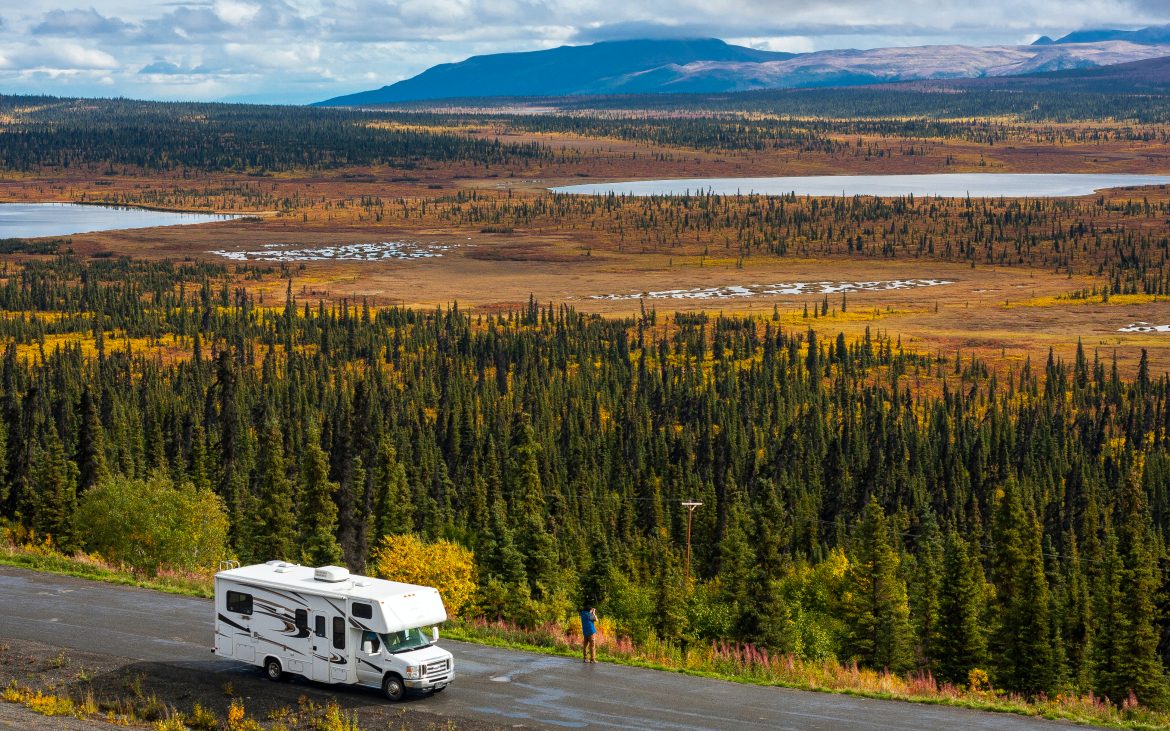
RV, motorhome, caravan parking next to a road in a parking lot in Alaska with spectacular, beautfiul background with lakes and conifer forest, blue sky and clouds
Where you live (and travel) will impact how your RV ages. And that’s directly related to climate and geography. Colder locations with fiercer winters are more prone to wear on RVs’ connections, plumbing, pipes, and tanks, and can cause issues with seals, given the added contraction and expansion. Warmer climates will affect seals as well, leading to potential water damage. Consider, too, that hotter climates will lead to increased AC usage.
Geographically speaking, the flatter your locale, the less strain you put on your suspension, engine, and brakes. Mountainous regions with frequent elevation, while beautiful, will take a quicker toll on those systems affected by hills, valleys, and mountains.
You should also consider which geography could cause rust. As with any vehicle in locations where they salt roads during icy conditions in the winter, know that rust is always a potential factor. And if you live near the beach, there’s the potential for rust damage from exposure to saltwater.
Check out these helpful tips on managing condensation and moisture in your RV, which can be helpful in certain climates.
Maintenance pays off
The common theme here is preventative maintenance. Aging RVs are kind to those who, early on, perform all recommended preventative maintenance on the RV, including standard oil and fluid changes, filter changes, tire rotations, and all maintenance required seasonally, annually, and before each trip.
Be sure to complete recommended maintenance, and also become a proactive owner. Inspect your vehicle frequently, and test components and amenities if they haven’t been used often. Listen to your engine (motorhomes) and moving components for noises that might indicate a problem. Maintenance maximizes the value of your RV and keeps it running at its best. If your RV wasn’t taken care of by its previous owner — or you — it’s never too late to start.
Check out these other recommended steps to maintain your RV.
Was it winterized?
Winterizing is a necessary step in maintaining your RV long-term. Failing to winterize your RV can cause burst pipes and cracked water tanks that lead to flooding and extensive water damage in your RV. If winterizing your RV isn’t something you want to risk tackling on your own, you may be able to coordinate that type of maintenance from a service center.
Each RV model requires different specific steps to fully winterize your water systems, so be sure to check your manual. But take a look at these methods and tips for winterizing your RV.
Budgeting
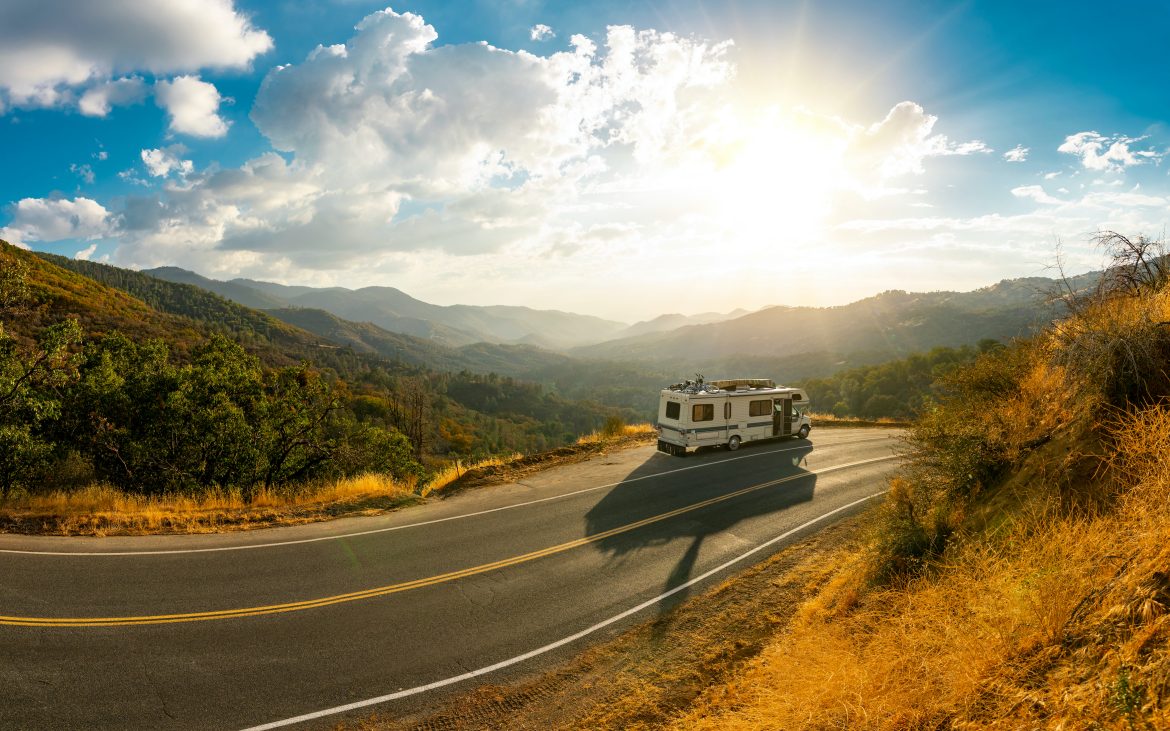
Epic nature mountain view with a road side parked RV motorhome. Travelling lifestyle roadtrip adventure in the USA
The longer your RV stays in good working order, the longer you can put off questions and concerns related to buying or financing a new RV. But take these “good years” as an opportunity to save for potential repairs in the future. Budgeting for upkeep, big maintenance projects, and RV upgrades are a healthy way to maintain your RV long-term. This way, you won’t run the risk of stretching a component for another season when you should get ahead of the curve.
Include maintenance and repair dollars in your RV life budget.
Upgrading you aging RV
You may decide to upgrade your RV sooner rather than later to forego the hassle of major or minor repairs. This decision should be informed by the current market, your RVs value, and other important upgrading considerations. Check out our guide to knowing when to upgrade for further information.
It also may help to consider the value of your RV as it ages. Deprecation is a real concern for RV owners. Plus, the market changes often depending on the availability of new RVs. Periodically check the current estimated value of your RV and keep that in mind when planning the next RVing season.
Extended protections
Mechanical breakdown insurance. Extended warranty. An extended service plan. Vehicle service contract. Each of these is a variation of the same concept: to protect you financially from repairs to major RV components once the manufacturer’s warranty expires.
Extended protections are, perhaps, your best defense as an owner of an aging RV. The older your RV, the more likely it is to require significant repair. Predicting which component will fail is difficult. Extended component protection like MBIs and service plans are insurance for those components, and it reduces your financial risk as an owner.
For more information on how an extended service plan might accommodate your aging RV, explore which Good Sam Extended Service Plan fits your vehicle.
